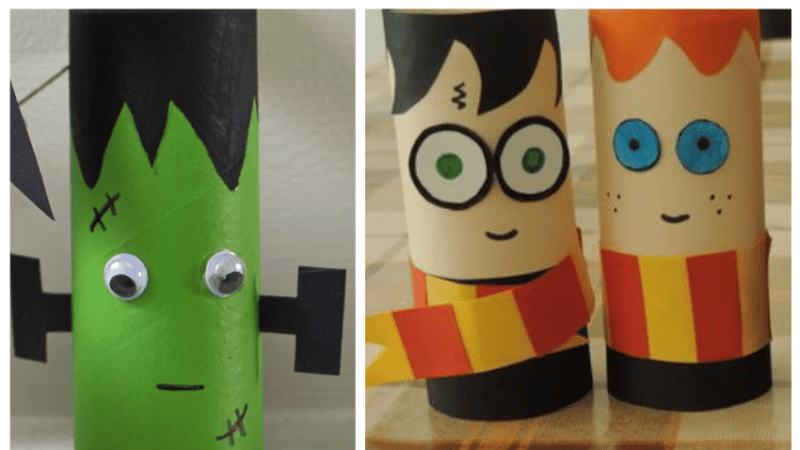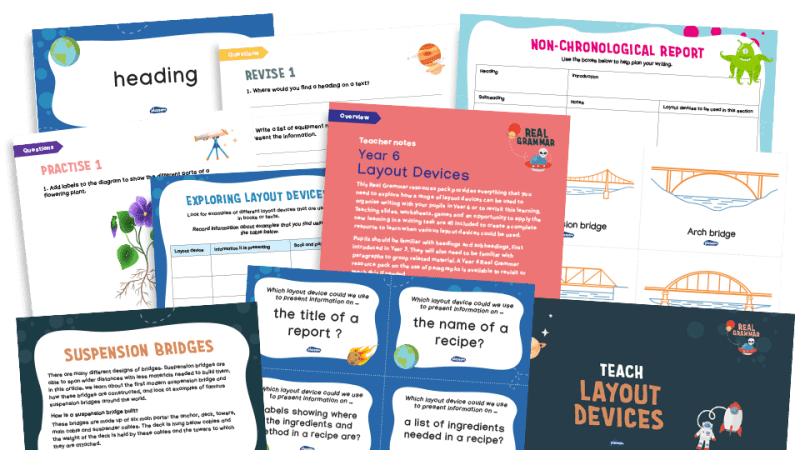Three films to support the teaching of literature and GCSE English set texts
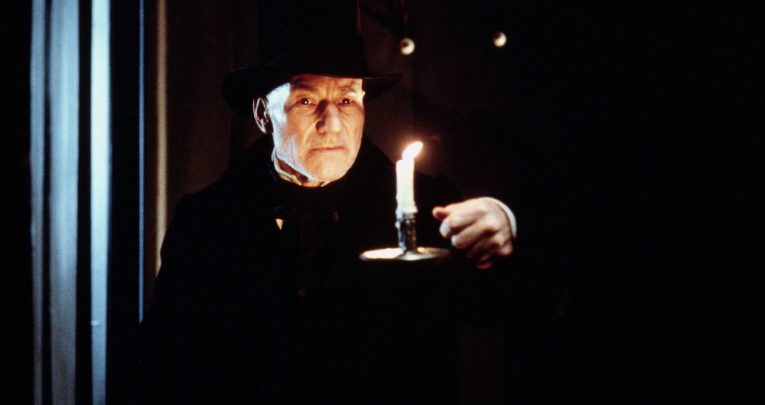
See how the film adaptations of Romeo + Juliet, Pride and Prejudice and A Christmas Carol can enrich your English lit lessons

- by Into Film

From the early days of cinema, literature and film have been closely linked. In the classroom, film adaptations of books and films, studied alongside the source material, can be an engaging and powerful aid to learning.
As well as bringing to life character and plot, film, used in a considered way, can an effective tool for clarifying or illuminating difficult text, encouraging literary analysis, exploring language, and providing historical and social context.
Into Film has a wealth of films that teachers can use to support the teaching of GCSE English Literature including set texts, among them adaptations of Shakespeare, Dickens, Jane Austen and the Brontës, as well as of works such as Animal Farm, Lord of the Flies, To Kill A Mockingbird, An Inspector Calls, The Great Gatsby and The Woman in Black.
Here, Into Film recommends three films that are great for teaching literature in secondary school.
A Christmas Carol (1999, PG)
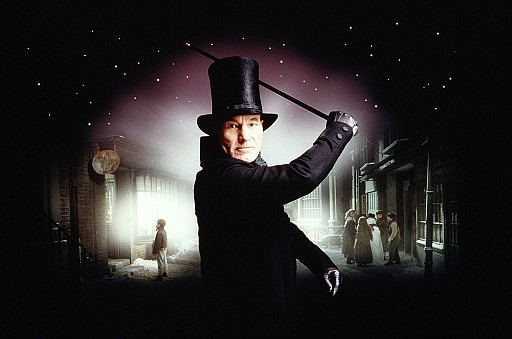
Charles Dickens’s story – which some historians have claimed invented our modern idea of what Christmas is – has been filmed many times. Here, actor Patrick Stewart attempts to get away from some of the clichés as the notorious Scrooge, and the film tries to make Victorian England look tough, rather than Christmas-card cute. The result is a version that is much closer to the book than other adaptations.
Discussion questions
- Is Scrooge as you imagined him in the book? How does he compare with other versions of the character you might have seen?
- The tone is darker than other adaptations of the story. Why do you think this is and is it effective?
- Like many adaptations, the film has to place the voice of the narrator into the mouths of different characters? Does this help or hinder the storytelling?
Pride & Prejudice (2005, U)
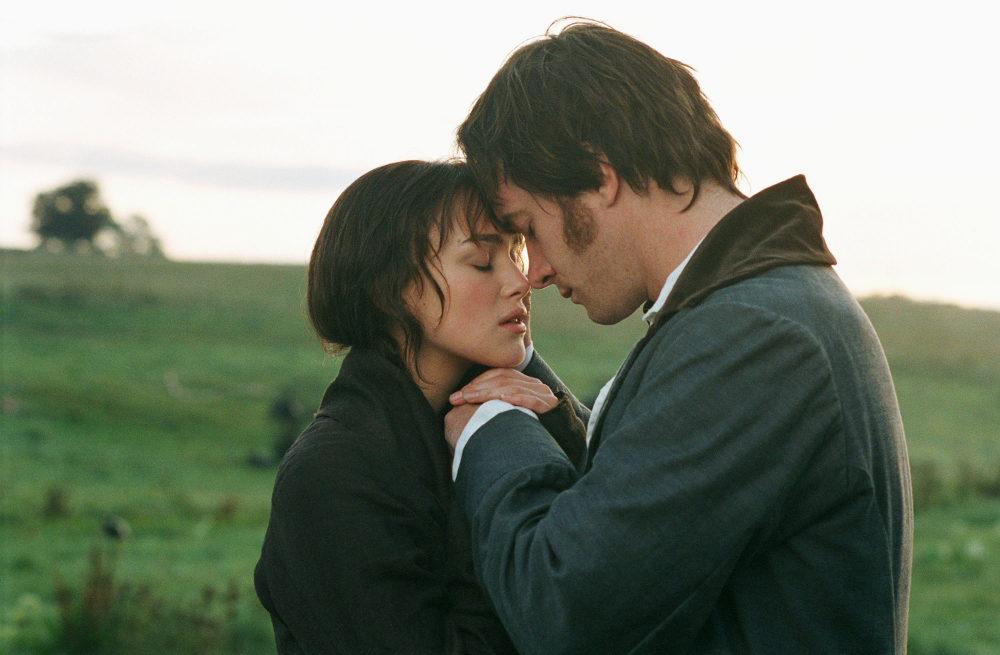
In 18th-century England, a class-obsessed mother is trying to marry off her five daughters to rich men. Only one of the brood objects to this – smart-mouthed Elizabeth who, having met arrogant but eligible bachelor Mr Darcy, has little interest in a romance.
As time passes, the duo’s feelings for each other intensify, although Lizzie refuses to believe she could fall for such an egotistical man.
Discussion questions
- How do Darcy’s two proposals to Elizabeth differ from one another? What do the two scenes tell us about the characters? What filmmaking techniques are used to demonstrate this?
- What do the costumes and the mannerisms of the actors tell us about the expected behaviour of men and women at the time?
- What did you think of the way Lady Catherine treated Elizabeth? Are there any other examples in the film of people of a higher social status treating other people badly?
Romeo + Juliet (1996, 12)
Loud, colourful, fast and frantic, this adaptation of Shakespeare’s tale of star-crossed lovers is about as far from ‘traditional theatre’ as you could imagine, even while maintaining much of the original language.
The young couple’s struggle to overcome their families’ bitter feuding takes place in violent Verona Beach, Florida, where swords have been replaced by guns, and the soundtrack is blazing rock music.
Discussion questions
- In what ways does the opening scene set the tone for the rest of the film? Why do you think they chose to expand on the prologue and foreshadow the ending in this way? Does it add or take away from the tragedy?
- How does the use of setting, production design, and other filmmaking techniques create the sense of the scale of the feud between Montague and Capulet? What was the influence of the media?
- What is the significance of water in the film? At what moments is it present, and why do you think the filmmaker chose to use it in this way?
Browse more Romeo and Juliet KS3 and KS4 resources.
Into Film supports educators to achieve effective learning outcomes through use of film. Its programme includes free Into Film Clubs providing access to a diverse catalogue of films, curriculum linked and enrichment resources, guidance for filmmaking and film reviewing, training and CPD for teachers, and the annual Into Film Awards – submissions for which are now open. To set up a free Into Film Club, download resources, sign up for training or find out about the Into Film Awards 2018 visit intofilm.org.
Browse great ideas to help with GCSE English Language revision.






